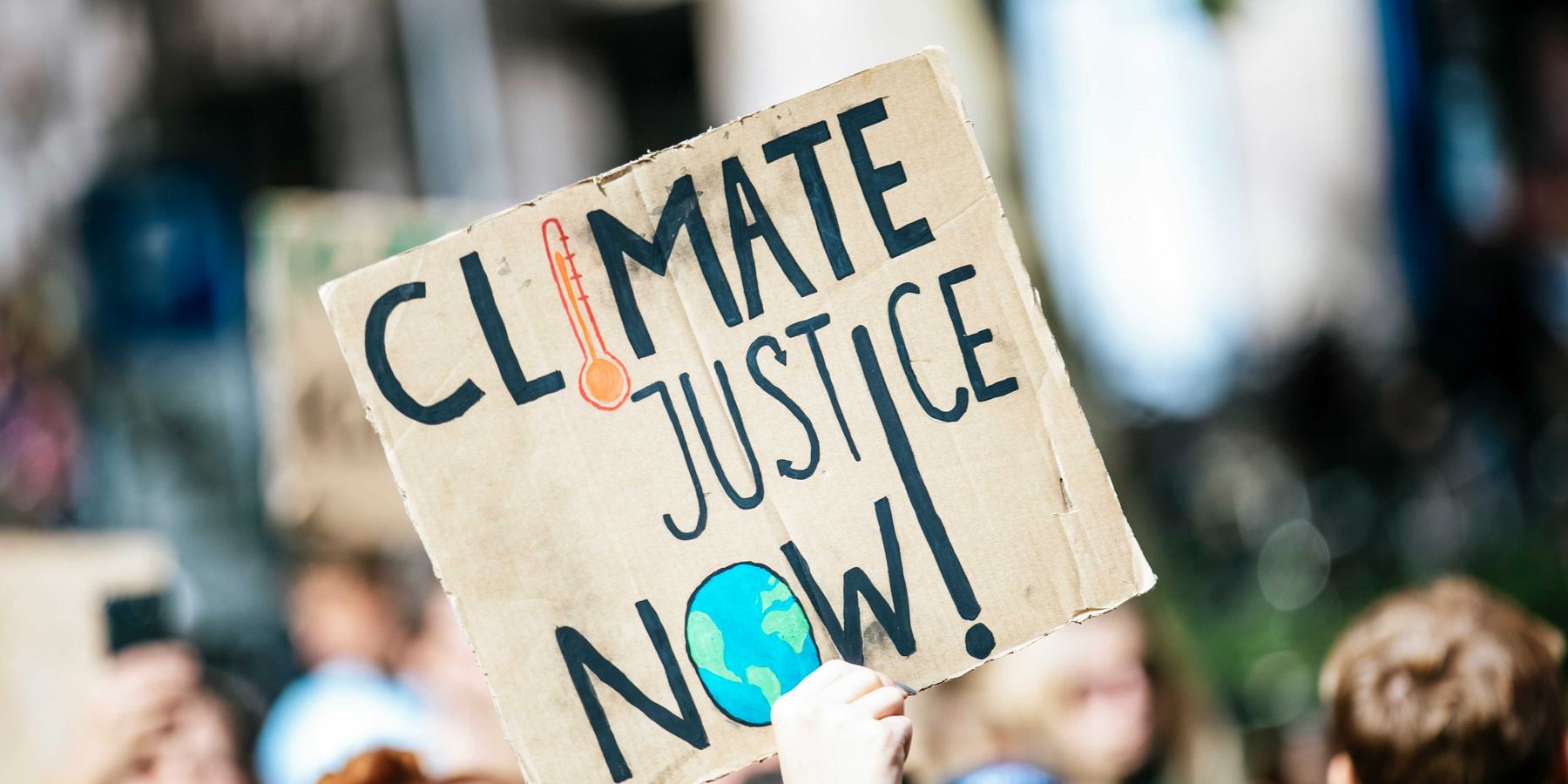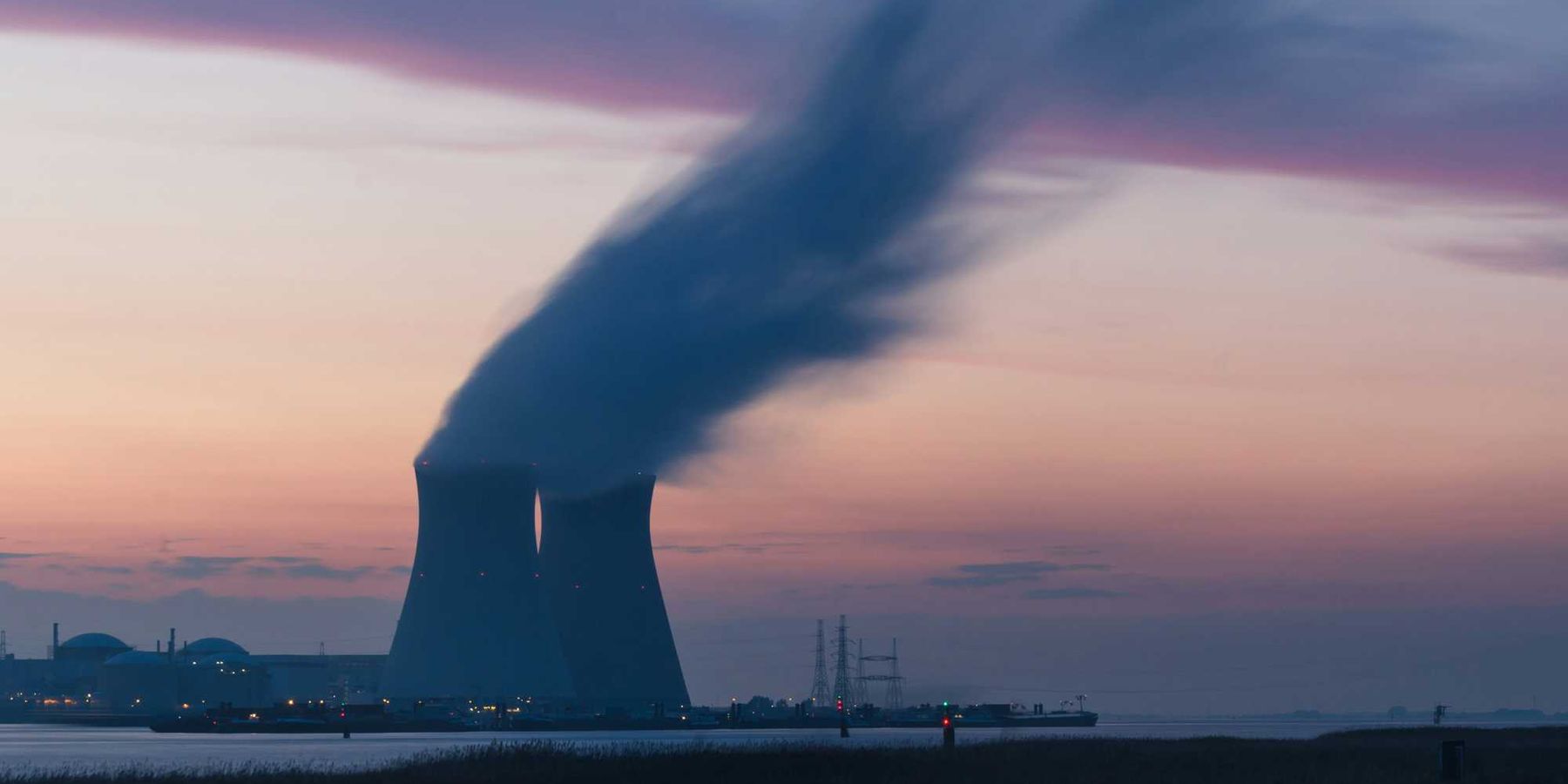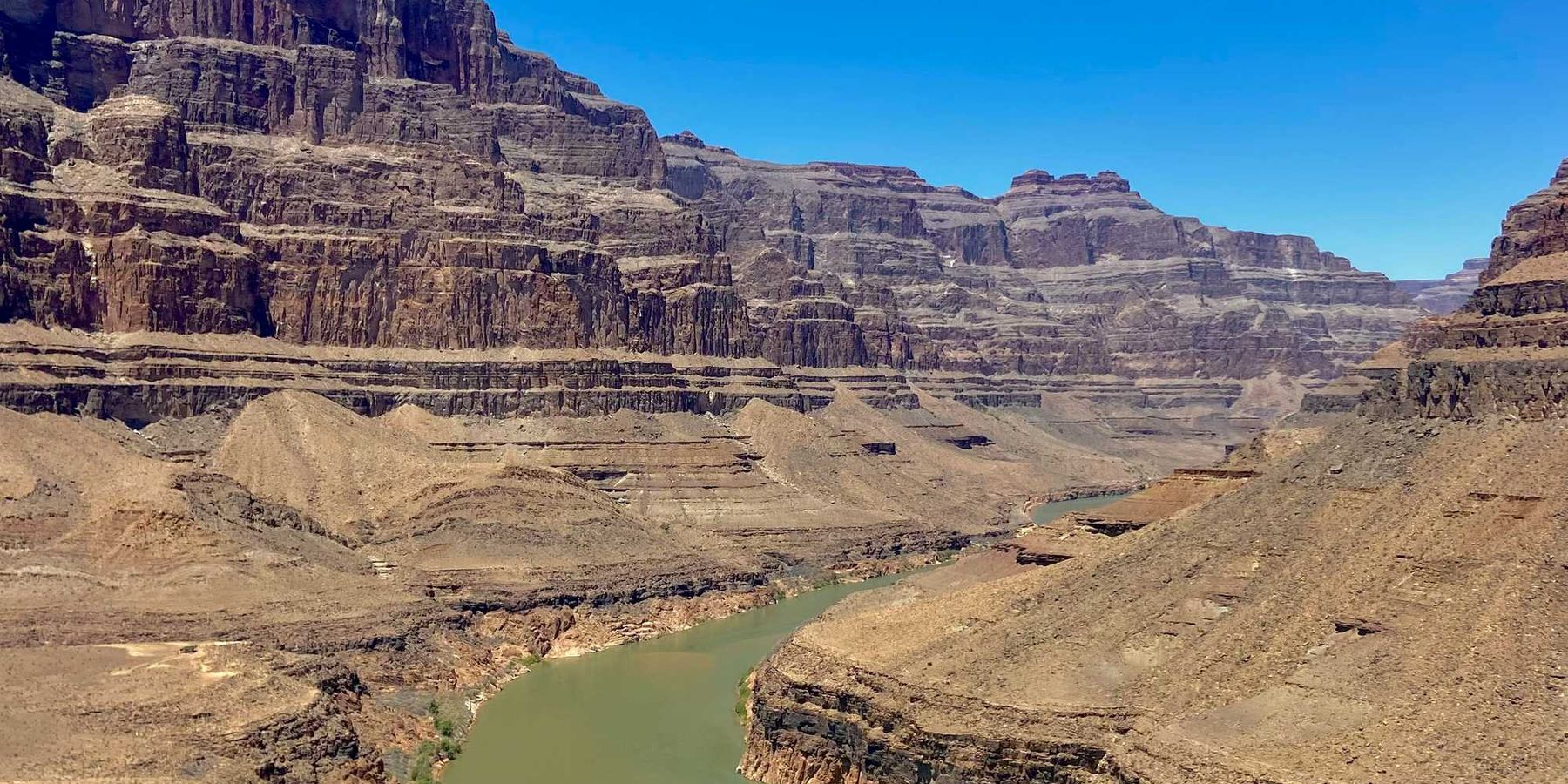Cheaper solar power speeds US energy transition despite political uncertainty
Renewable energy, particularly solar, is growing rapidly in the US as costs drop, even as political battles over tax credits and fossil fuel expansion continue.
Rachel Frazin reports for The Hill.
In short:
- Renewables supplied over 20% of US electricity in 2023, double their 2010 share, while natural gas rose to 43%, largely replacing coal.
- Solar costs have fallen nearly 85% since 2010, and while federal tax credits accelerate adoption, experts say solar will continue expanding even if subsidies are cut.
- Rising electricity demand, driven by AI and data centers, is expected to push further growth in both solar and natural gas generation.
Key quote:
“What the tax credits are doing is giving you 2030 economics in 2027, it’s just bringing forward when the technology is economically viable.”
— Thomas Rowlands-Rees, head of North America Research at BloombergNEF
Why this matters:
The rise of solar and wind energy is changing the landscape of the American workforce. Unlike coal jobs, which were historically concentrated in regions like Appalachia and the Powder River Basin, renewable energy employment is more widely distributed. This could bring new opportunities to states that have not traditionally been energy hubs, diversifying local economies and shifting the balance of political power in energy policy. Still, the transition raises questions about job security, wages and retraining for workers displaced from fossil fuel industries.
Read more: Solar power on the rise at US schools













